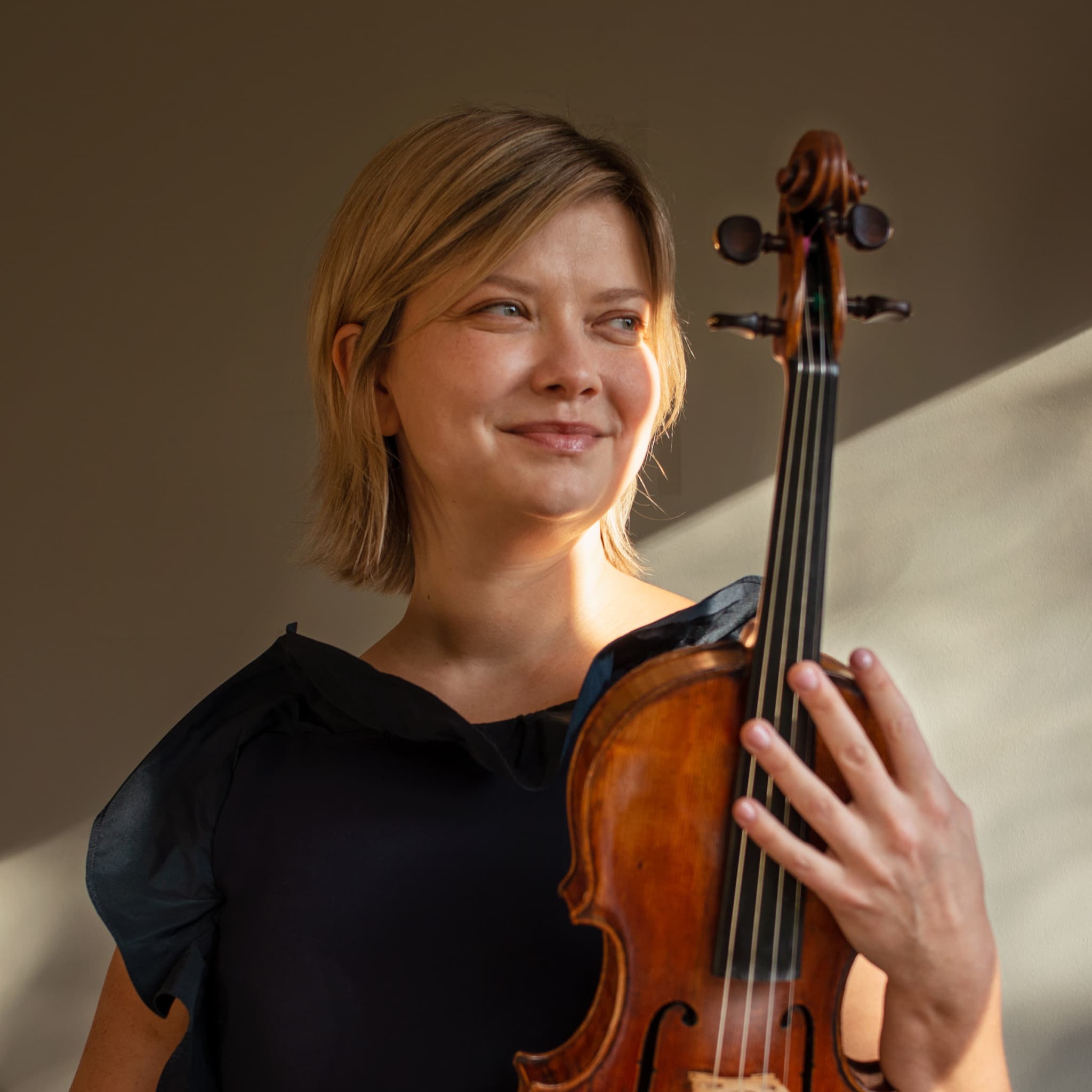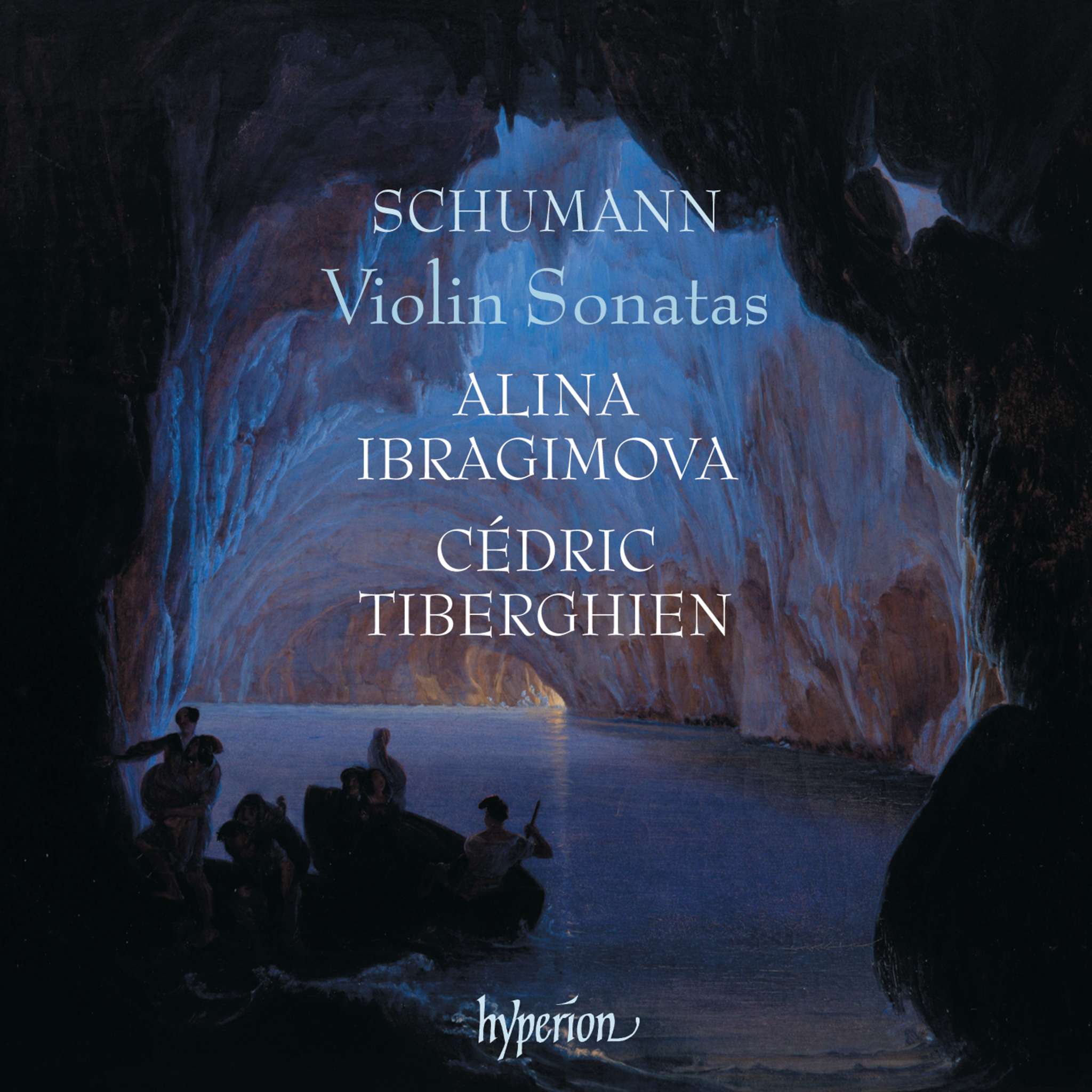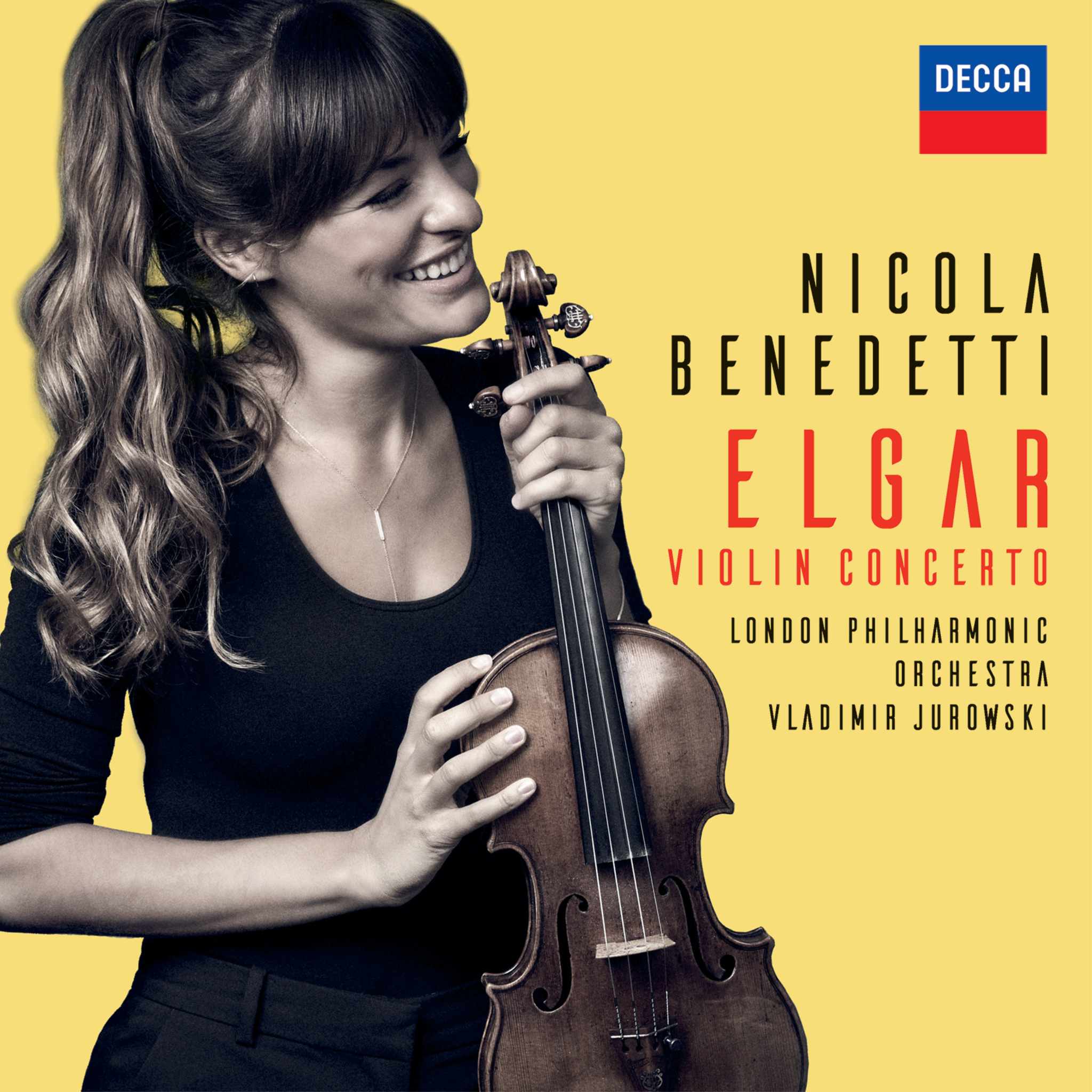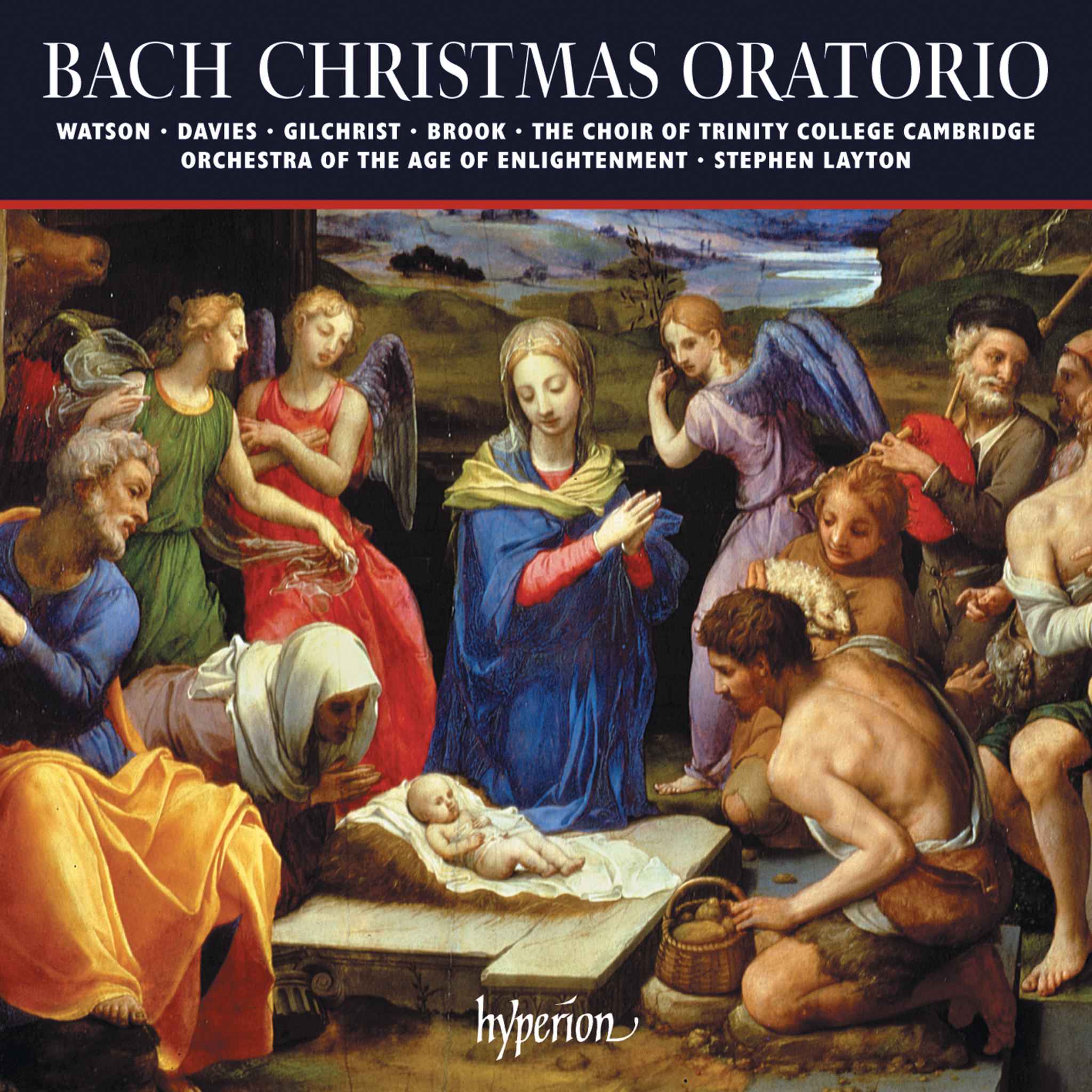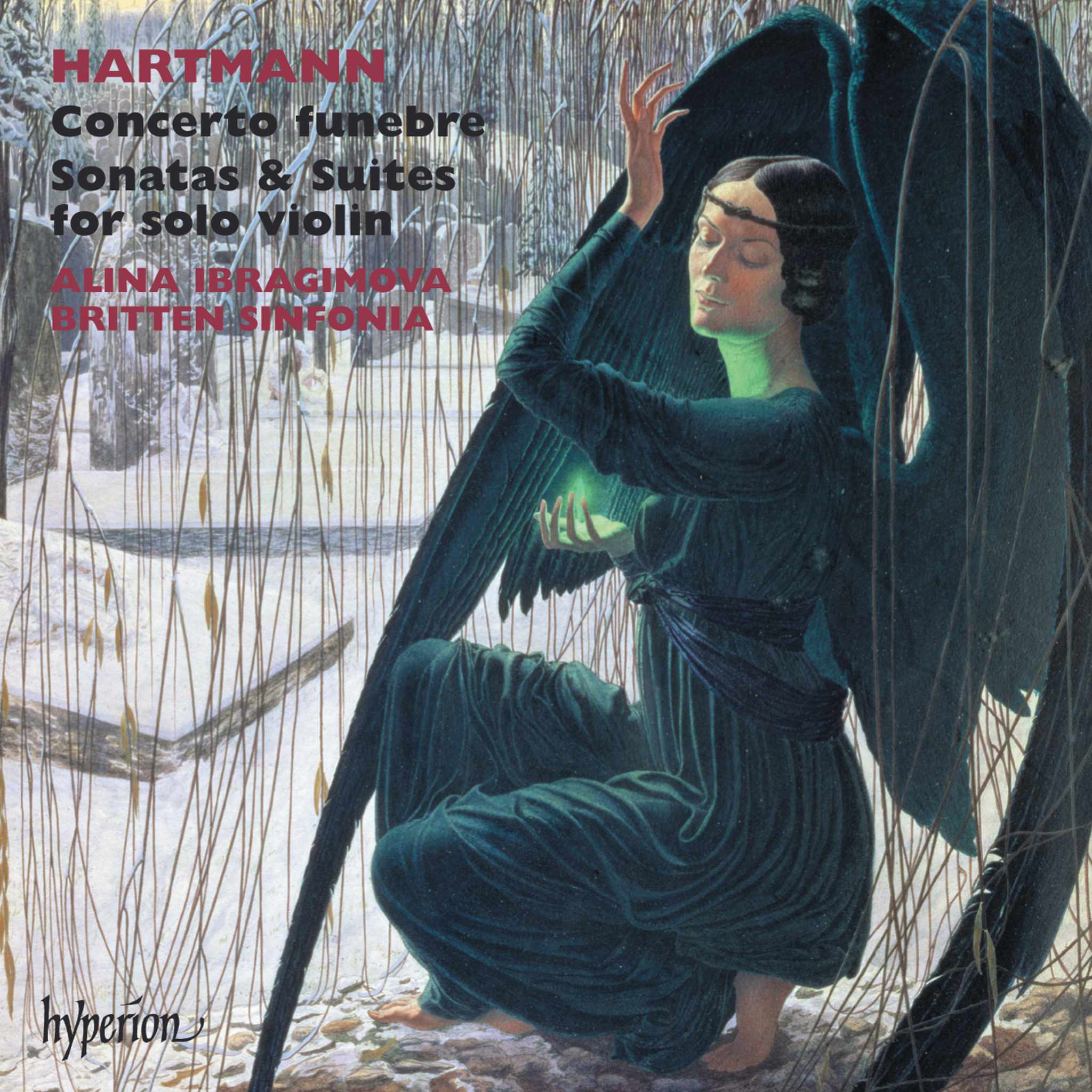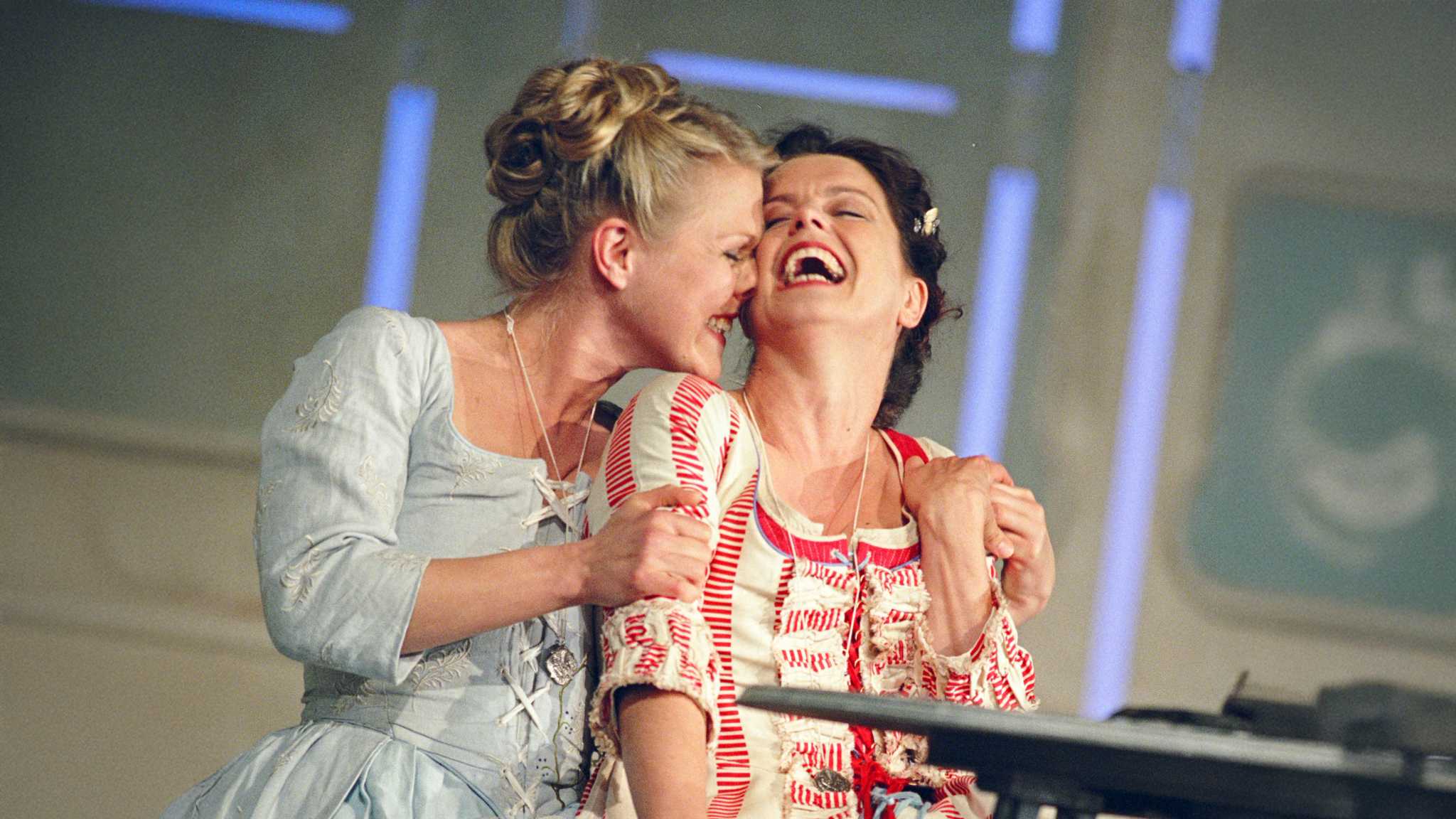Album insights
Am 3. September 1695 kam Pietro Antonio Locatelli in Bergamo zur Welt. Über seine Kindheit ist kaum etwas bekannt, jedoch hatte er bereits im Alter von 15 Jahren eine Anstellung an der bedeutenden Kirche Santa Maria Maggiore in Bergamo. 1711 erhielt Locatelli die Möglichkeit, sein Studium in Rom aufzunehmen. Hinweise deuten darauf hin, dass er dort Unterricht bei Giuseppe Valentini erhielt, auch wenn zunächst vermutet wurde, er sei Schüler von Corelli gewesen.
In den späteren 1720er Jahren begann Locatelli Konzertreisen nördlich der Alpen und erlangte dabei als Virtuose Bekanntheit. 1729 ließ er sich schließlich dauerhaft in Amsterdam nieder. Dort wirkte er nicht nur als erfolgreicher Musiklehrer, sondern auch als Leiter eines Orchesters, Instrumentenhändler und Komponist.
Sein erstes Werk, die zwölf Concerti Grossi, veröffentlichte Locatelli 1721, wodurch er eine enge Verbindung zu Amsterdam aufbaute. Während der italienische Musikverlagsmarkt stagnierte, profitierten Komponisten in Amsterdam von neuen Druckverfahren und Techniken. Besonders mit seiner Sammlung 'L’Arte del Violino' wurde Locatelli für seine außergewöhnliche Virtuosität geschätzt und als 'Paganini des 18. Jahrhunderts' bezeichnet. Obwohl sein Stil an Paganini erinnert, besitzen seine Werke eigenständige Komplexität. Trotz seines technischen Könnens orientierte sich Locatelli in seinen Concertos an traditionellen Formen, geprägt von Vorbildern wie Corelli und Valentini.
Im Unterschied zu vielen seiner Zeitgenossen bewahrte Locatelli in seinen Concertos zahlreiche traditionelle Strukturen der Instrumentalmusik des 17. Jahrhunderts. Er verband konservative Muster mit modernen Elementen, ähnlich wie Geminiani. Seine Kompositionen, die sowohl römische als auch venezianische Einflüsse zeigten, fanden vor allem in England und den Niederlanden viele Anhänger.
Allerdings blieb Locatellis op. 1 im England des 18. Jahrhunderts weniger erfolgreich als in anderen Ländern. Kritiker wie Charles Burney und Charles Avison übten Zurückhaltung und bemängelten insbesondere mangelnde Abwechslung und Überraschung in seinen Stücken. Dennoch verdienen seine Concertos, insbesondere op. 1, Anerkennung für ihre feine Ausarbeitung, originellen Strukturen und virtuose Gestaltung und zählen zu den herausragenden concerti grossi ihrer Epoche.


